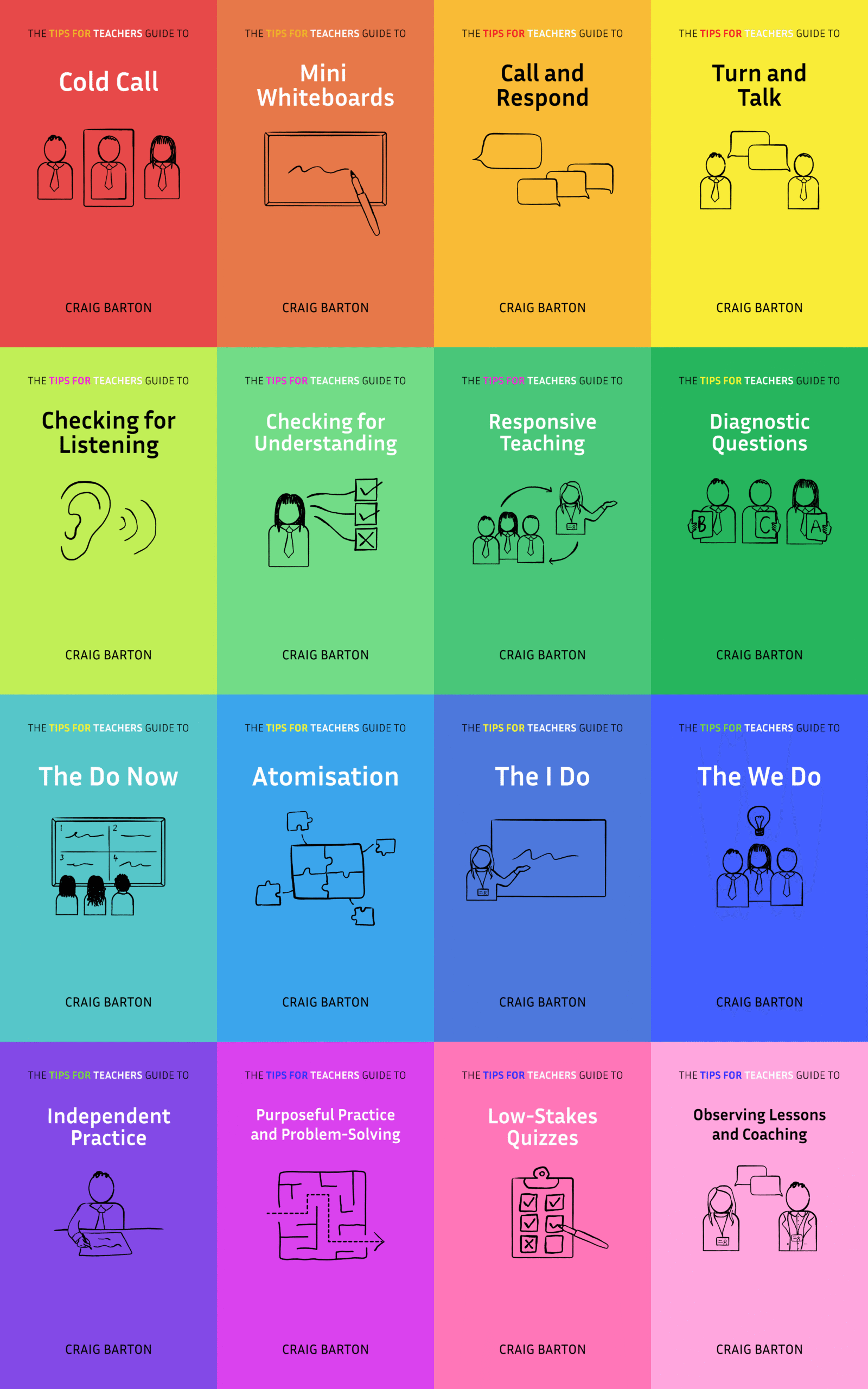
- Title: Learning to think mathematically: Problem solving, metacognition and sense-making in mathematics
- Authors: Alan Schoenfeld
- Access the original paper here
- Listen to a deep-dive podcast:
Paper summary
This paper explores what it means to think mathematically and how this can be achieved in the classroom. The author argues that learning to think mathematically is a social process that involves more than just memorizing facts and procedures; it requires developing a mathematical point of view, becoming comfortable with uncertainty, and valuing the processes of mathematical discovery and sense-making. To foster mathematical thinking in students, the author suggests a shift away from traditional instruction that relies on rote memorization and toward more inquiry-based and problem-solving focused approaches. The author provides a framework for understanding mathematical cognition that includes categories such as the knowledge base, problem-solving strategies, monitoring and control, beliefs and affects, and practices. The paper examines both historical and contemporary research on mathematical thinking, and it includes specific examples of classroom practices that have been successful in promoting students’ mathematical thinking.
What are the key implications for teachers in the classroom?
- The ultimate goal of mathematics instruction should be to help students develop a “mathematical point of view,” which includes the ability to think mathematically and solve problems in a way that is similar to how mathematicians work. This means that teachers need to move away from traditional methods of instruction that focus on rote memorization and procedural fluency, and instead create learning environments that encourage students to explore patterns, make conjectures, and justify their reasoning.
- Problem-solving should be the focus of school mathematics, and it should be taught in a way that is authentic to the discipline. This means that students should be given opportunities to work on problems that are challenging and unfamiliar, and that they should be encouraged to use a variety of strategies to solve them. Teachers should act as facilitators and guides, rather than as dispensers of knowledge.
- Students’ beliefs about mathematics are shaped by their experiences in the classroom. If students are consistently given problems that can be solved in a few minutes or less, they will come to believe that all mathematics problems can be solved quickly, which is not the case. Teachers need to be aware of the messages they are sending to students about the nature of mathematics and create learning environments that challenge students’ beliefs and help them to develop a more realistic view of the discipline.
- Teachers’ beliefs about mathematics and pedagogy also play a significant role in shaping the classroom environment. Teachers who believe that mathematics is a fixed body of knowledge that must be memorized will likely create learning environments that are very different from those created by teachers who believe that mathematics is a dynamic and creative discipline. It is important for teachers to reflect on their own beliefs about mathematics and pedagogy and to consider how those beliefs are impacting their teaching.
- Assessment practices should be aligned with the goals of instruction. If we want students to develop mathematical power, we need to assess them on their ability to think mathematically and solve problems, not just on their ability to memorize facts and procedures. The sources suggest using open-ended questions, portfolios, and observations of students working collaboratively to assess students’ mathematical thinking.
The sources also emphasize the importance of:
- Creating a classroom culture that values mathematical sense-making.
- Focusing on conceptual understanding, rather than on rote memorization.
- Helping students to develop metacognitive skills, such as monitoring and control.
- Encouraging collaboration and communication.
- Making connections between mathematics and the real world.
- Providing students with opportunities to reflect on their own learning.








